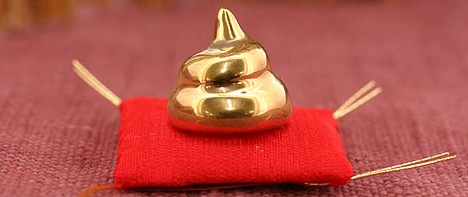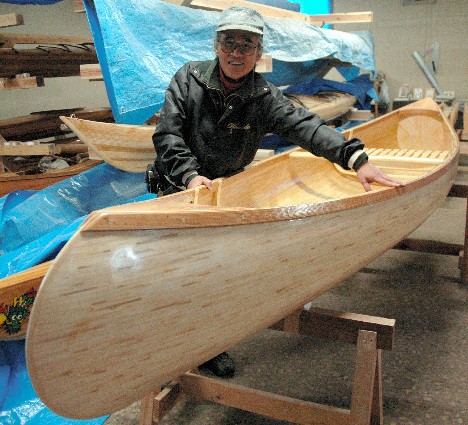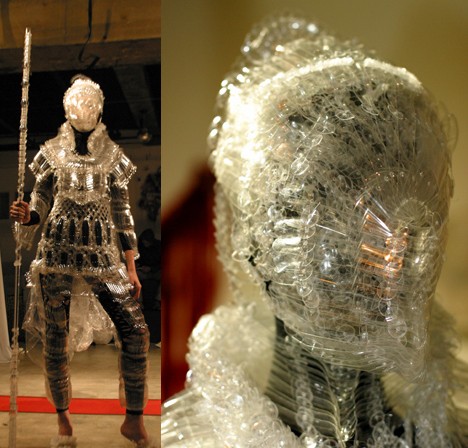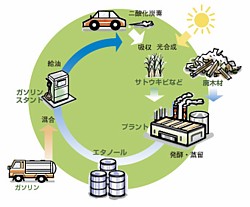Masamichi Hayashi, president of marine education establishment kyg-lab, has hand-crafted over 100 robotic marine creatures from recycled items such as plastic bottles, food containers, styrofoam, raincoats, and windshield wiper motors. A self-taught roboticist, Hayashi relies on his formal experience as a marine scientist to endow his machines with realistic movements, and he uses them in free shows to teach kids about the locomotion and behavior of sea creatures.
Here is a short video showing Hayashi's great white shark, manta ray, green turtle, hammerhead shark, Japanese giant salamander, porpoise, and killer whale.
+ Video
Hayashi's masterpiece is a 1.5 meter (5 ft) long coelacanth robot that weighs 48 kilograms (105 lbs) and cost 2 million yen ($22,000) to build. Here is some video of a diver giving it a snack.
+ Video
The coelacanth robot also makes a cameo in the next video, along with a tsuchinoko, a turtle, and a lake monster that carries a piece of waterborne trash to the curious onlookers on shore.
+ Video
[Link: kyg-lab]











 On June 20, NTT Docomo and am/pm Japan announced plans to begin equipping convenience stores with cellphone recycling bins, making it easier for people to recycle their unwanted devices.
On June 20, NTT Docomo and am/pm Japan announced plans to begin equipping convenience stores with cellphone recycling bins, making it easier for people to recycle their unwanted devices. 